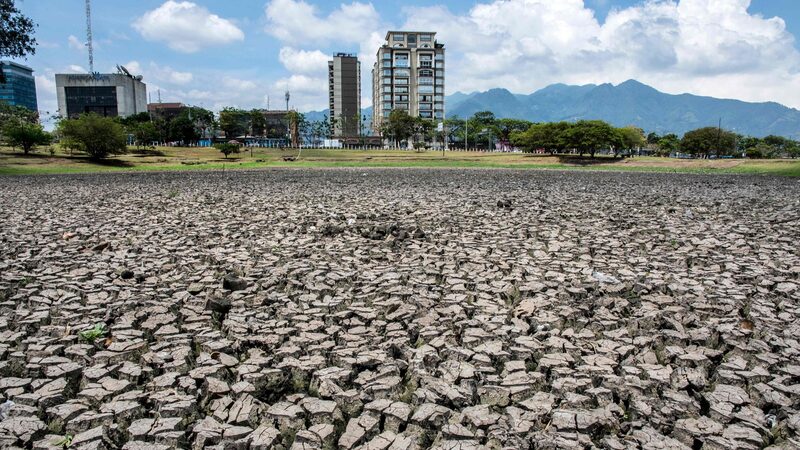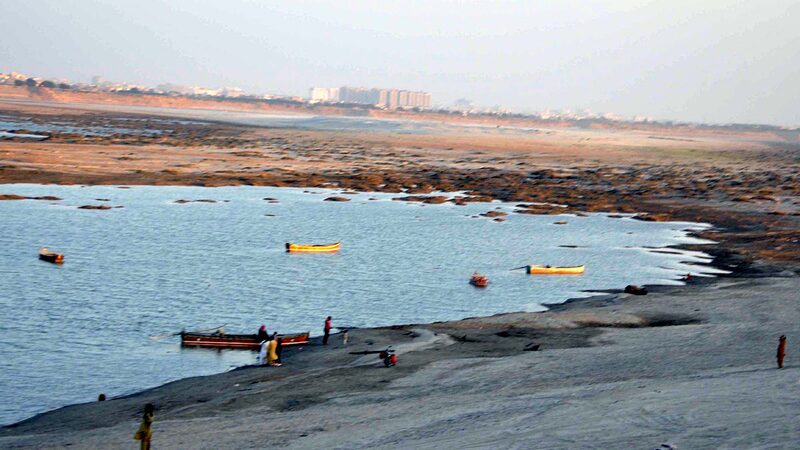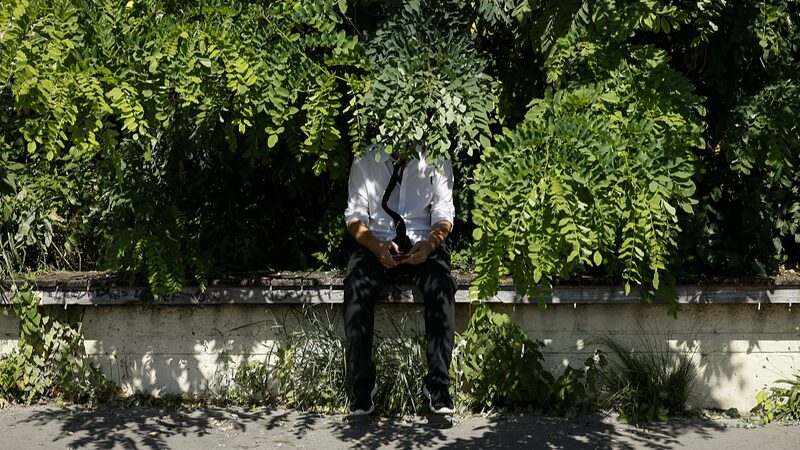🌞 Costa Rica is grappling with its worst drought in five decades, forcing the Central American nation to announce an electricity rationing plan starting next Monday. The severe lack of rainfall has severely impacted hydroelectric plants, which typically supply around 70% of the country's electricity. ⚡️
ICE, Costa Rica's state-run electricity company, has attributed the drought conditions to the intense El Nino weather phenomenon. Roberto Quiros, ICE's electricity director, described water levels at main reservoirs as \"critical,\" highlighting that the current El Nino event is the most severe on record.
In addition to natural factors, delays in deliveries from private power plants have exacerbated the situation. The country hasn't faced electricity rationing since 2007. The upcoming power cuts are expected to last up to three hours daily but will spare essential services like hospitals and industries.
Residential users are being urged to reduce their electricity consumption as much as possible. President Rodrigo Chaves has expressed his daily prayers for rain, but attempts to purchase energy from neighboring countries have been unsuccessful, as the broader region is also experiencing power shortages.
Similar power cuts recently hit Mexico due to a heat wave, alongside issues in Colombia and Ecuador. Unpredictable wind patterns have also disrupted supplies from wind farms, adding to the challenges.
ICE has issued an alert signaling the possibility of rationing, though an immediate forecast for imminent rainfall remains unrealized. Costa Rica's rainy season typically begins at the end of April, offering some hope for relief. Meanwhile, an increase in demand—official data shows a nine percent rise in electricity consumption compared to last January—further complicates ICE's efforts to stabilize the power supply.
Reference(s):
Suffering worst drought in decades, Costa Rica orders power rationing
cgtn.com





